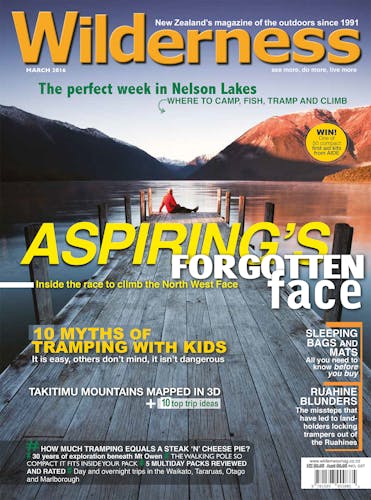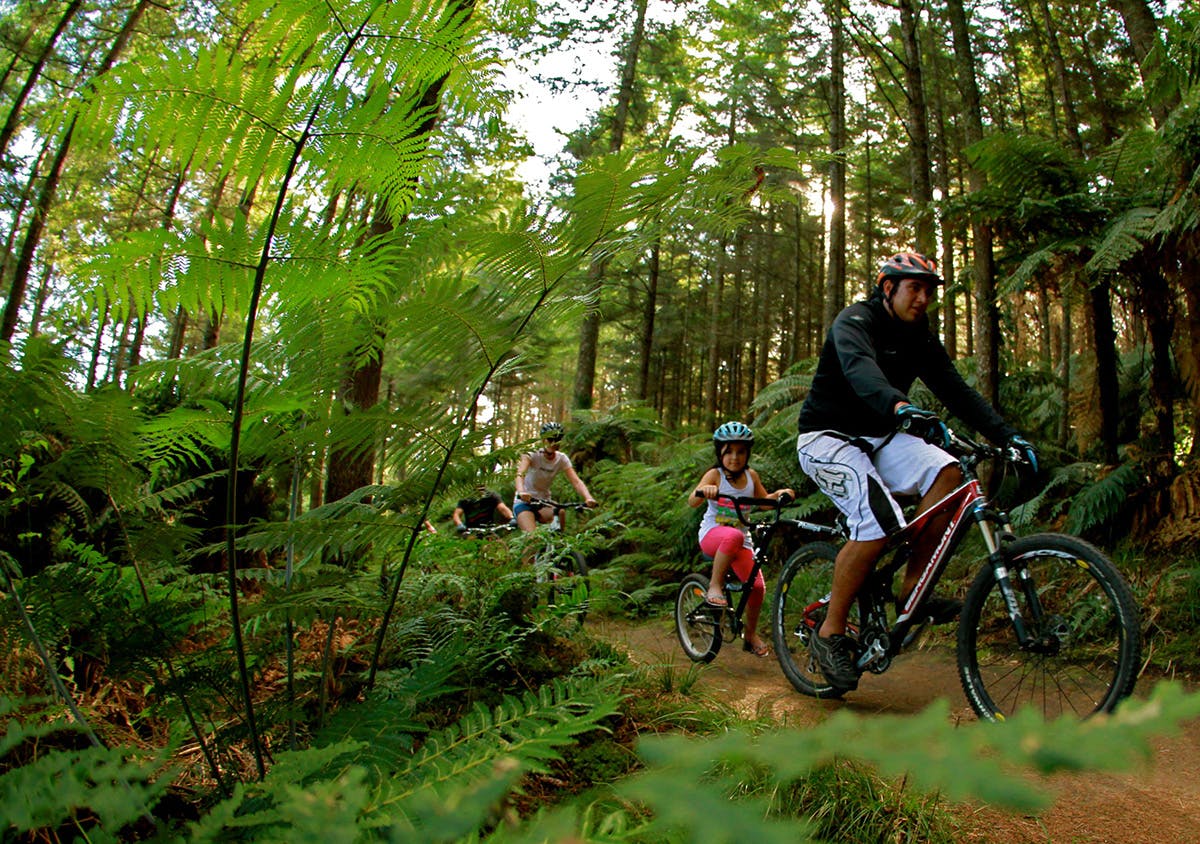Redwoods success in managing recreation and logging interests a case study for all to follow
I’ve just spent a couple of days cycling in Whakarewarewa Forest, probably better known as the Redwoods, in Rotorua. What a gem and what an asset to a regional city.
The 5600ha forest offers around 130km of superb mountain biking trails catering for all levels of ability, as well as more gentle forest roads for the likes of me, and a great network of walking and horse-riding tracks.
But what struck me as I lazily pedalled along a pumice road carpeted with pine needles, was the fact that an industry considered one of New Zealand’s most dangerous – a working plantation forest – and public recreation can co-exist harmoniously together.
Given forestry’s abysmal record in work accidents, one might ask why cyclists, walkers and horse-riders haven’t had trees dropped on them or been bowled by the logging vehicles which thunder past en route to the nearby mill. Safety signage is evident but not in your face, there are some ‘no-go’ roads, and, of course, areas being worked are temporarily closed to the public.
I think the key word in all this is respect. Recreationalists and forestry workers seem to respect and appreciate what a great asset this forest is, not only to the city but also the wider region. Users recognise the forestry workers have a dangerous job and one which requires an enormous amount of skill, thus understanding that the rules must be followed. To lose access to this place would be unthinkable.
And the forestry workers don’t appear to regard users as a nuisance or resent their presence in what is their place of work. Drivers are obviously aware that a dog-walker or cyclist could be just around the next corner. A friendly wave is usually forthcoming as one pauses on the side of the road to allow a log-laden truck or some other mammoth-like piece of forestry machinery to trundle by.
Allowing recreational access to exotic forest plantations is increasing throughout the country and there are now a number of well-managed biking and walking trails located in plantation forests. It’s encouraging that we seem to be slowly moving away from the ‘Keep Out’ mentality as forest and other landowners realise that the genuine walker, biker, or fisher is not a threat to their livelihood. Walkers in Britain and Europe have known this for generations – here in New Zealand we are starting to catch up.
There are, of course, forests which still remain off limits to the public, some of which were previously open but with ownership changes are no longer accessible – public safety and forest security given as reasons for closure.
Communities could look at these closed forests and ask owners why there is no access for passive recreation like walking and cycling – activities which can attract visitors to small towns with ailing economies.
The Redwoods demonstrates admirably that public recreation and safety can be well managed within the forest industry and that forest security can be very likely enhanced if the public is using it. It’s a little more difficult to get up to mischief if at any moment a group of cyclists or walkers appears unexpectedly, often equipped with cameras and cellphones.
Locals use the forest as their backyard exercise area; and it has enlarged Rotorua’s tourist industry with visitors coming from other parts of New Zealand and overseas just to enjoy the mountain biking trails.
This forest is an excellent model to show other forest owners that the sky won’t fall on their heads if the public is allowed some access for recreational purposes.








